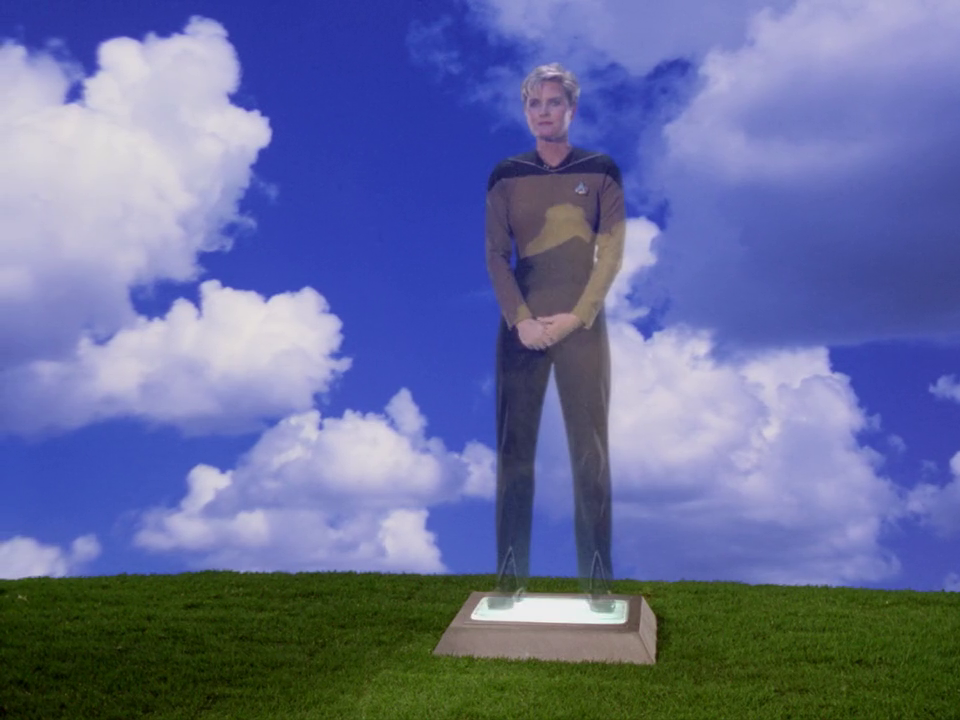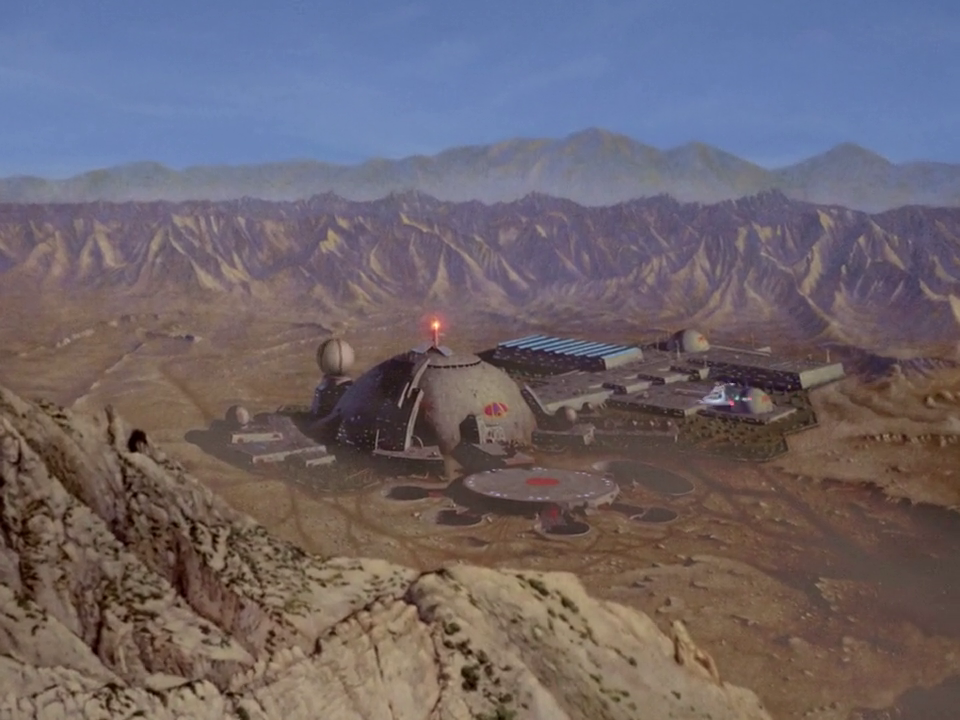
[brushes away the dust and cobwebs]
Well now…it’s been a while, hasn’t it?
After my discarding of active participation in social media in early 2016 (due to…multitudinous reasons not worth going into here), the continuation of this blog without a means to properly promote its content seemed largely futile. This did unfortunately cut the largest swathe of recreational writing possibilities out of my life, and left a lot unsaid. The dedication to evaluate every remaining episode of Star Trek: The Next Generation? A promised and well-deserved evisceration of Clannad: After Story? In all likelihood, these projects are lost now, like interstellar dust drifting further and further into the void between starlit systems. And that’s without getting into how retroactively charged a title like “Paragraph Plague” suddenly feels at the time of writing. It was always going to take something very special to drive me to post here again at all, considering damn-near nobody was ever going to read it.
But something special did come along. Something that unexpectedly and subtly planted a seed of inspiration in me. Something that deeply challenged my existing outlook in a way so few things can. Something that compelled me, at long last, to spill forth my innermost thoughts unrestrained, lest the half-imagined fevered dreamscapes it inspired in my mind drain my sanity by being locked within.
I am, of course, referring to niche horror-themed Playstation 2 software. Obviously.









